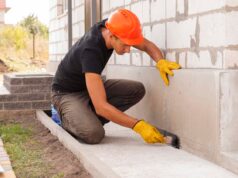Whether you’re chasing a cozy home for your new tractor, or just need more space for livestock, the very last thing you want to think about is paperwork.
But, as with many things in life, there’s a catch.
And that catch is: your rural shed is going to need some approvals.
Before you head into the local council and start pleading your case, it’s good to know the basics. What approvals do you actually need, and what should you consider before signing off on your new agricultural shed.
Agricultural Shed Planning Permission: the Basics
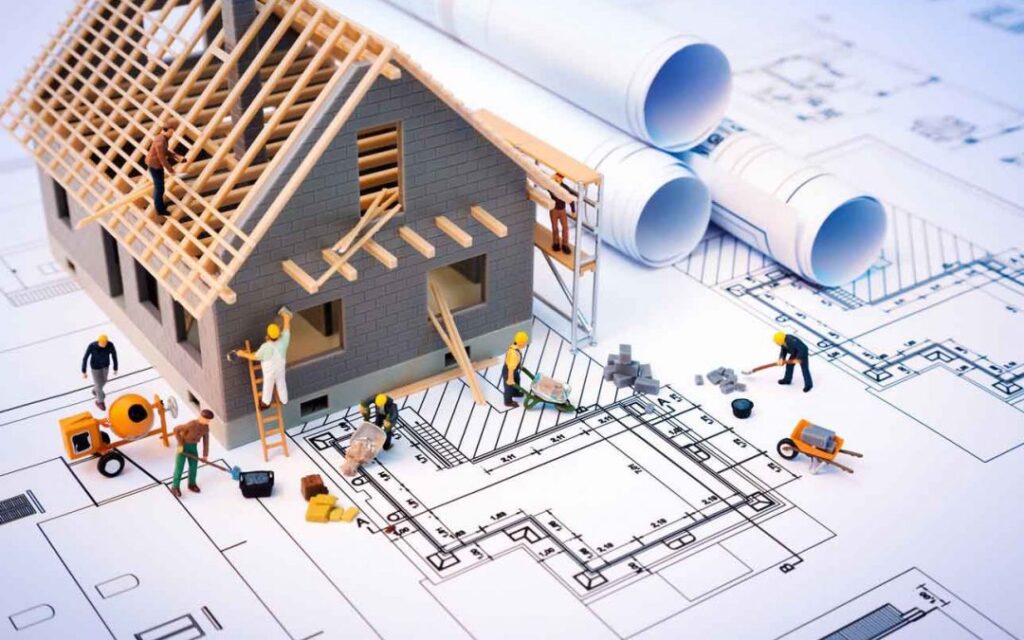
First up, let’s get some basics out of the way. There are two types of ‘approvals’ that you’ll need to look into.
- Building Permit
- Planning approval
At this stage, you might be thinking help, this is overkill. But bear with. We are going to take you through step by step.
Large Agricultural Sheds Need a Building Permit
If you’re building a shed on your rural property you will need a building permit. Building permits ensure your structure complies with the National Building Codes of Australia (BCAs). These regulations are important to ensure your shed is safe for anyone working in or around it.
You’ll Probably Need Planning Permission Too

Building an agricultural shed on rural land will require planning permission if your plans deviate from your local shire’s policies such as planning or residential codes. While there may be some minor exceptions to this, there’s a high chance you’ll need planning permission, and either way, it’s good to check with your council.
Alright, but What’s the Biggest Shed I Can Build Without Any Permits?
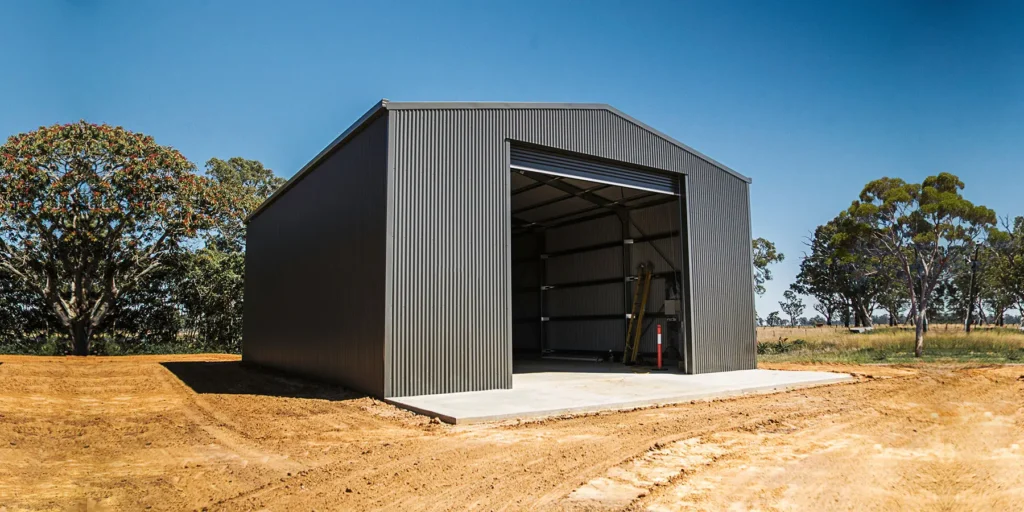
Not all rural sheds need to be big and bolshy. If you’re after a small shed to store some tools and a mower then you may be let off the trials and tribulations that come with waiting for council approval.
Here are some general criteria that might exempt you:
- Floor area is 10m² or less
- Roof is no more than 2.4m high
- Shed is behind the property’s front setback line
- Floor is no more than 500mm above ground level
- Shed doesn’t interfere with traffic sightlines
- Shed has appropriate drainage systems
How Long Will It Take to Get Agricultural Shed Planning Permission?
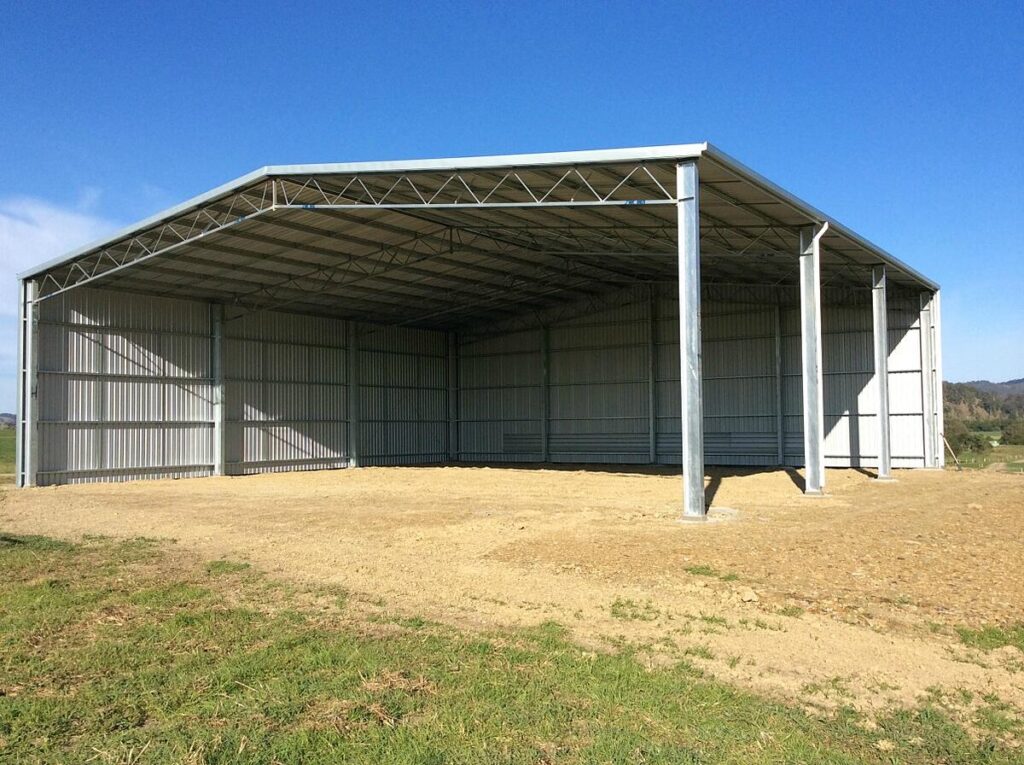
This will depend on your local council and how quickly they process applications. You could be looking at a couple of months, or slightly longer if you’re unlucky. It’s best to get all relevant documents ready from the beginning so you’re not having to follow up with the council again and again.
What Should I Consider Before Building a Rural Shed?
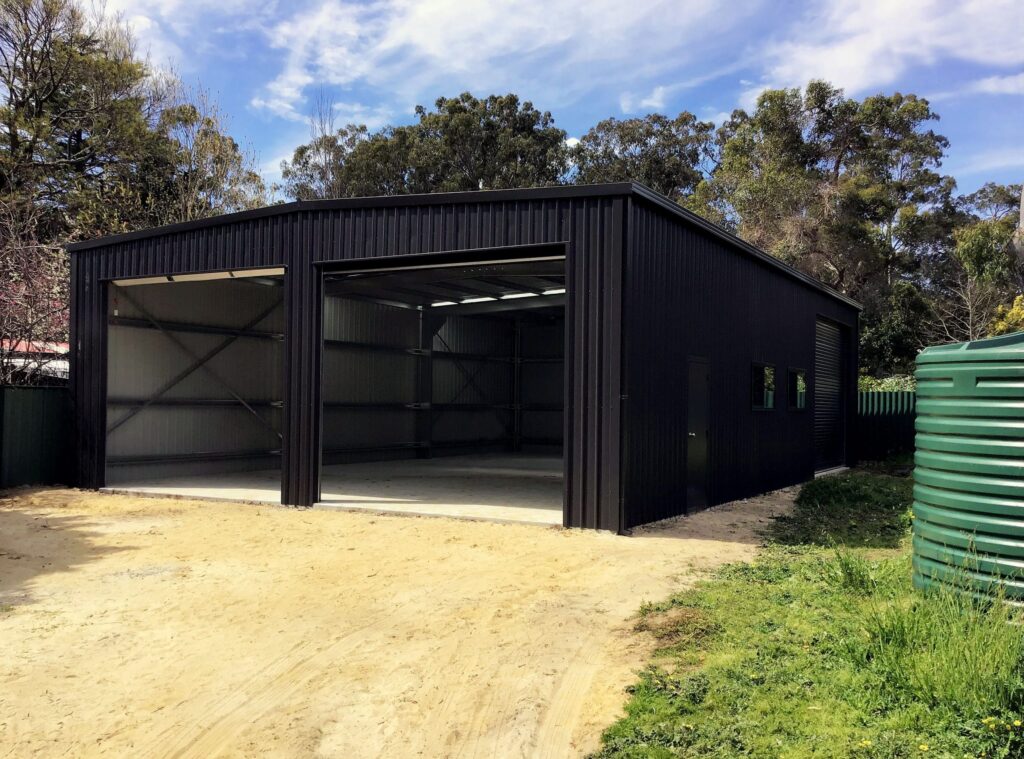
Building in a rural zone is very different from throwing up a shed next to your home in the suburbs. There are a few more things you’ll need to look at. Here’s what to consider:
- Local geography – is your shed on flat ground or on the side of a hill? There could be local laws that come into play – especially if your shed is in a high fire or wind risk area.
- Shed wind rating – while any new shed must comply with local wind rating standards, it’s even more important to look into this if you’re building in a regional area where wind gusts can really pick up.
- Fire safety codes – with the number and ferocity of bushfires increasing, ensuring your rural shed meets all fire safety codes is essential. Not taking these issues into consideration during the planning stage could even result in penalties down the track.
- Stormwater management – Western Australia is no stranger to wet weather with storms and even cyclones frequently battering the coastline and interior regions. Making sure your rural shed is equipped and built to withstand expected rainfall in your area is critical.
- Ventilation and insulation – depending on your shed’s use, you may want to consider whether proper ventilation or insulation is necessary. Some enclosed areas where chemicals or livestock are being kept can become foul and unworkable if proper ventilation is not accounted for.
What Happens if I Ignore Planning Permissions?

Building your shed without appropriate planning approval is extremely risky and could well result in you having to take your shed down. But there are other consequences that you want to avoid too – like being unable to sell your property or take out or claim insurance on the structure.
Paperwork Getting You Down? Call the Experts.
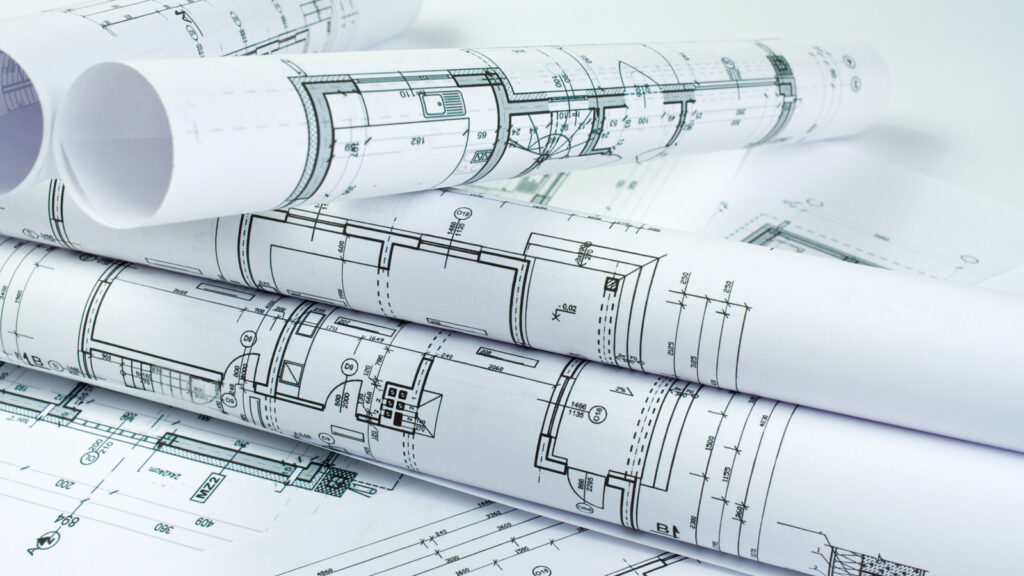
Don’t have time (or the will) to bury yourself in paperwork? Don’t worry. It’s time to find yourself a local WA shed builder with the know-how to help you navigate this hurdle, and get you the approvals you need.
When choosing a local shed builder, make sure you’re choosing carefully. It’s worth taking the time to give them a call and ask about local council regulations. Chances are they’ve built a shed in your area before and can walk you through the process.




